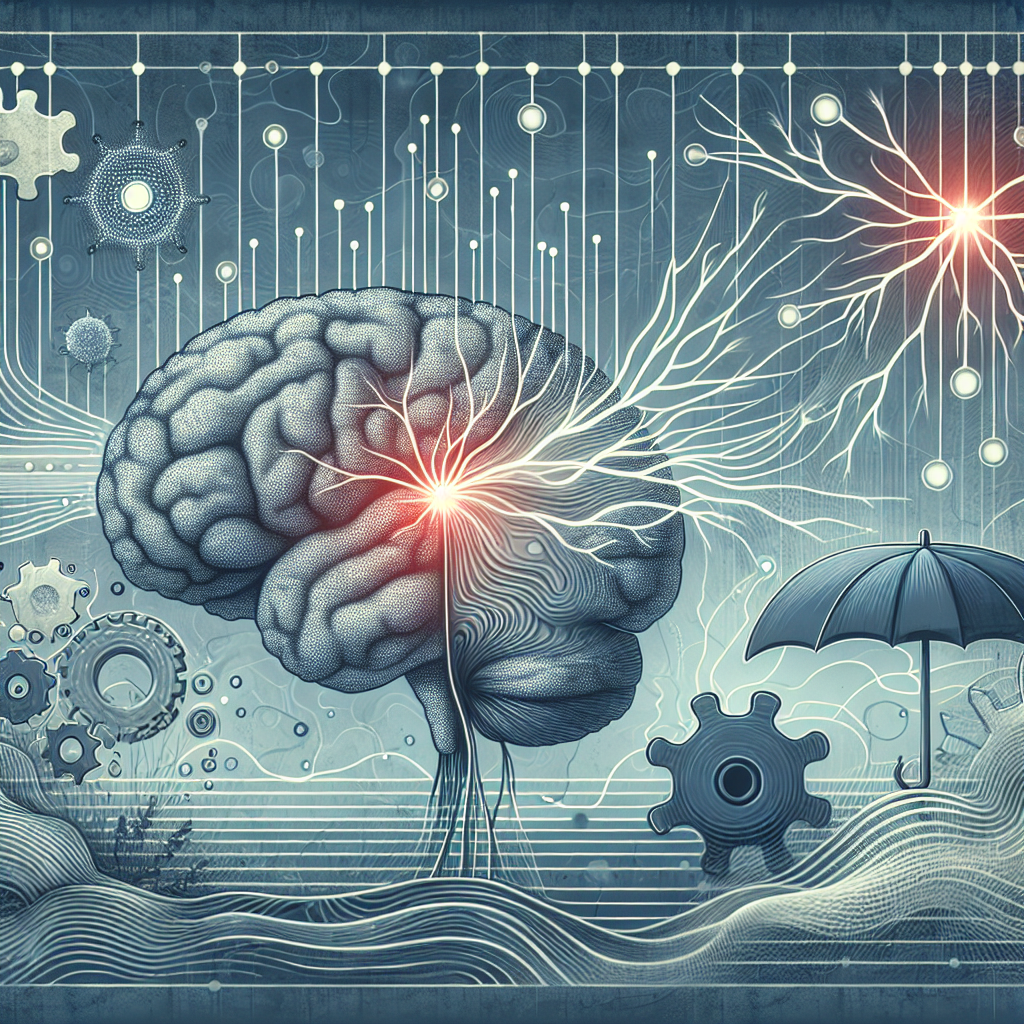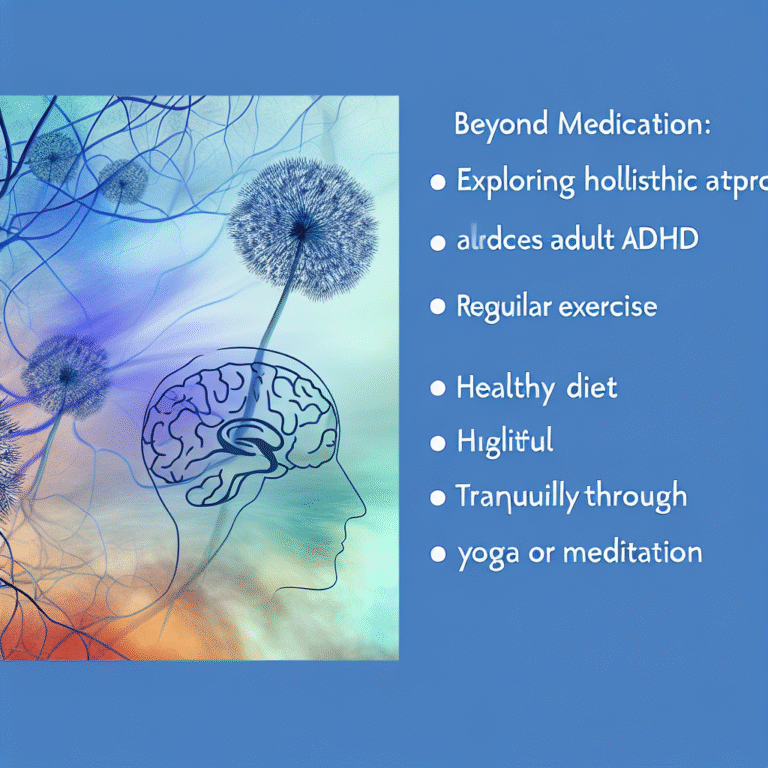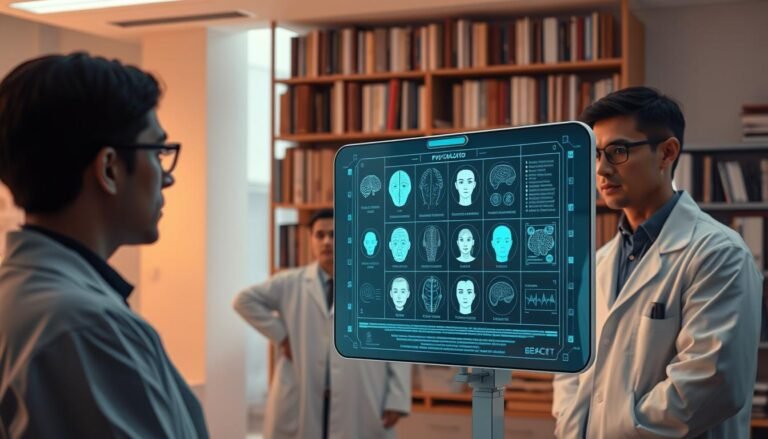
The Science of PTSD: How Triggers Affect Mental Health – An Essential Guide
Introduction
Imagine walking down a seemingly ordinary street, and suddenly, a sound or smell transports you back to a traumatic event. Your heart races, and your palms sweat as if you were reliving the nightmare. What you’re experiencing is not just a moment of anxiety; it’s the profound impact of Post-Traumatic Stress Disorder (PTSD), a condition that often goes unnoticed yet affects millions worldwide. In this in-depth article, we will dive into The Science of PTSD: How Triggers Affect Mental Health, illuminating the complexities of triggers and their powerful influence on mental wellbeing.
Understanding PTSD is not just an academic exercise; it’s essential for compassion, support, and effective treatment. According to the National Center for PTSD, about 7-8% of the population will experience PTSD at some point in their lives. Recognizing how triggers work and their effects can help individuals manage their symptoms and lead fulfilling lives.
Let’s explore the intricate science behind PTSD, how triggers operate within its framework, and what tools and insights can empower those affected.
What is PTSD?
Before we delve deeper into the triggers of PTSD, it’s crucial to understand what PTSD entails. PTSD is a mental health condition that occurs after experiencing or witnessing a traumatic event. This can include combat exposure, sexual assault, natural disasters, car accidents, or any event that causes extreme fear or helplessness.
Patients with PTSD may experience:
- Re-experiencing symptoms, such as flashbacks or nightmares.
- Avoidance symptoms, where the individual steers clear of places, people, or activities that remind them of the trauma.
- Negative changes in mood and cognition, leading to feelings of hopelessness or detachment.
- Arousal symptoms, such as hypervigilance, irritability, and difficulty sleeping.
Understanding these symptoms provides a baseline for our exploration into The Science of PTSD: How Triggers Affect Mental Health.
The Mechanics of Triggers
Defining a Trigger
In the context of PTSD, a trigger is anything that reminds the individual of their trauma. Triggers can be external—like sounds, sights, or smells—or internal, such as thoughts or emotions. The process of being triggered initiates a response from the brain that reignites memories and reactions tied to the traumatic event.
The Neural Pathways: A Deeper Look
To comprehend how triggers work, we must explore the brain’s structure and functioning. The amygdala, hippocampus, and prefrontal cortex play significant roles in memory and emotional regulation.
- Amygdala: Often referred to as the brain’s alarm system, the amygdala is responsible for processing emotions, particularly fear and threat detection.
- Hippocampus: This area is crucial for forming new memories and distinguishing between past and present experiences. In individuals with PTSD, the hippocampus may be affected, leading to difficulties in accurately recalling traumatic events versus current reality.
- Prefrontal Cortex: Responsible for higher-order functions such as decision-making and impulse control, the prefrontal cortex helps to regulate emotions driven by the amygdala’s signals.
When a trigger is encountered, the amygdala may respond rapidly, activating the fight-or-flight response, while the prefrontal cortex may struggle to exert regulatory control, thus allowing trauma memories to take over.
Table 1: The Brain’s Role in PTSD Responses
| Brain Region | Function | Impact of PTSD |
|---|---|---|
| Amygdala | Processes fear and threat detection | Heightened response to perceived threats |
| Hippocampus | Forms and recalls memories | Difficulty in distinguishing past from present |
| Prefrontal Cortex | Regulates emotions | Impaired judgment and emotional control |
Types of Triggers
Environmental Triggers: These include sights, sounds, and smells reminiscent of the trauma. For instance, a soldier might experience distress when hearing fireworks.
Internal Triggers: These focus on emotional states or bodily sensations. Symptoms like elevated heart rate or anxiety can serve as reminders of past trauma.
- Situational Triggers: Situations that evoke a sense of powerlessness or loss of control, such as being in crowded places, can also prompt symptoms.
Understanding the various types of triggers is crucial in grasping The Science of PTSD: How Triggers Affect Mental Health.
Case Study: The Impact of Triggers
Case Study 1: Veteran’s Response to Fireworks
James, a 34-year-old combat veteran, had successfully reintegrated into civilian life. However, during a Fourth of July celebration, the sound of fireworks unleashed powerful flashbacks of combat. His symptoms included sweating, rapid heartbeat, and acute distress.
Analysis
James’s experience illustrates how external triggers can provoke overwhelming mental health responses, highlighting the importance of therapy and coping mechanisms tailored to individual experiences. By identifying triggers, James learned grounding techniques to manage his anxiety in triggering situations.
Case Study 2: Survivor of Assault
Maria, a 28-year-old woman, avoided certain social gatherings due to the anxiety they provoked. The presence of alcohol reminded her of a previous assault, leading to panic attacks at parties.
Analysis
Maria’s case demonstrates the profound impact of situational triggers on an individual’s social life. Therapy focused on exposure and cognitive-behavioral approaches helped her gradually reclaim her social interactions, showcasing the path from fear back to empowerment.
Tools for Managing Triggers
1. Mindfulness and Grounding Techniques
Mindfulness practices can help individuals recognize their triggers without reacting impulsively. Grounding techniques—such as focusing on breathing or engaging the senses—enable individuals to stay rooted in the present rather than reliving past traumas.
2. Cognitive Behavioral Therapy (CBT)
CBT effectively addresses irrational thought patterns linked to PTSD triggers. Therapists work with individuals to reshape how they perceive their triggers, leading to healthier responses over time.
3. Exposure Therapy
Gradual exposure to triggers can desensitize individuals, helping them confront fears in a safe environment. This technique promotes resilience and diminishes the power triggers hold.
4. Support Networks
Building a reliable support network provides individuals with safe spaces to express their feelings. Support groups allow for shared understanding and mutual coping strategies.
5. Medication
For some, medication may assist in managing symptoms. Antidepressants and anti-anxiety medications can help balance mood, making it easier to engage in therapeutic practices.
The Importance of Awareness and Education
Understanding The Science of PTSD: How Triggers Affect Mental Health is not just beneficial for those experienced in the field; it’s vital for society as a whole. Increased awareness reduces stigma, enables informed discussions, and fosters a supportive environment.
Educating friends and family members about PTSD can empower them to provide better support. Training in trauma-informed care can also benefit professionals across many fields, from healthcare to education.
Conclusion
In conclusion, unraveling The Science of PTSD: How Triggers Affect Mental Health reveals a complex yet understandable relationship between trauma, triggers, and mental well-being. While triggers can induce profound distress, knowledge, and coping strategies empower individuals to navigate their experiences. Understanding PTSD is an essential step toward compassion—for oneself and others.
If you or someone you know is struggling, seek out resources, support, and professional help. With the right tools and understanding, reclaiming control over life is possible.
FAQs
1. What causes PTSD?
PTSD can develop after experiencing or witnessing a traumatic event, including combat, assault, accidents, or natural disasters.
2. Can you develop PTSD without experiencing a traumatic event?
Yes, vicarious trauma, such as witnessing the trauma of someone close, can lead to PTSD.
3. What are common triggers for PTSD?
Common triggers include loud noises, specific smells, situations reminiscent of the trauma, or even emotional states.
4. How can family members support someone with PTSD?
Listening without judgment, educating themselves about PTSD, and encouraging professional help are critical ways to provide support.
5. Is PTSD treatable?
Yes, PTSD is treatable through various therapies, medications, and support systems.
Understanding The Science of PTSD: How Triggers Affect Mental Health offers hope and direction to individuals impacted by trauma. Together, we can conquer the chains of the past and empower healing and resilience for the future.















